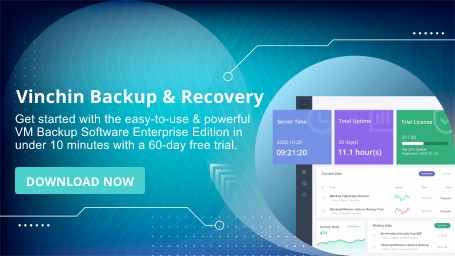-
What is VMware DR replication?
-
Key features
-
Deployment architecture overview
-
Use cases
-
VMware DR replication vs. traditional backup
-
Integration with third-party solutions like Vinchin
-
VMware DR replication FAQs
-
Conclusion
In today's digital-first business landscape, enterprises heavily rely on the availability of IT systems and the integrity of their data. To safeguard against unexpected natural disasters, system failures, or human errors, having an effective Disaster Recovery (DR) strategy is crucial. VMware DR Replication plays a vital role in virtualization environments by protecting critical workloads and ensuring business continuity.
What is VMware DR replication?
VMware DR Replication is a data protection technology that replicates virtual machine data from a primary site to a disaster recovery site—often in a remote location—to enable rapid recovery in case of failure. It is commonly used in conjunction with VMware vSphere Replication and VMware Site Recovery Manager (SRM).
Key features
Offsite Replication
Asynchronously replicates VM data to a remote site, enabling seamless failover when the primary site goes down.
Flexible RPO Settings
Allows customization of Recovery Point Objectives (RPOs), with the minimum as low as 5 minutes, to meet various business continuity needs.
Centralized Management
SRM offers centralized orchestration of disaster recovery plans, including automated testing, failover, and failback.
Agentless Replication
Based on vSphere Replication, it requires no agents inside the VMs, reducing system overhead.
Automated DR Testing
Supports non-disruptive DR plan testing to ensure recovery readiness without affecting production environments.
Deployment architecture overview
A typical VMware DR Replication architecture includes:
Primary Site: Hosts running production virtual machines.
Secondary (DR) Site: Receives replicated data and acts as a standby environment.
vSphere Replication Servers: Deployed on both sites to handle replication traffic.
Site Recovery Manager (optional): Provides automation for failover and recovery processes.
Use cases
Finance: Ensures uninterrupted service for core banking systems.
Manufacturing: Protects ERP and MES systems for production continuity.
Healthcare: Safeguards electronic medical records and healthcare platforms.
Education: Ensures data center and online platform recovery capabilities.
VMware DR replication vs. traditional backup
Aspect | VMware DR Replication | Traditional Backup |
Recovery Speed | Fast (minutes) | Slower (hours to days) |
Data Consistency | Supports application-aware snapshots | Typically crash-consistent |
Automation | Highly automated (SRM) | Often manual processes |
Cost | Higher, ideal for mission-critical workloads | Lower, suitable for less critical data |
Integration with third-party solutions like Vinchin
Besides VMware's native tools, enterprises can integrate third-party solutions such as Vinchin Backup & Recovery to enhance their DR strategy. These tools offer:
✅ Efficient backup and offsite replication for VMware environments
✅ Flexible scheduling and automated recovery testing
✅ Cross-platform data migration (e.g., VMware to Proxmox)
✅ User-friendly GUI and alert/notification features
Vinchin Backup & Recovery's operation is very simple, just a few simple steps.
1.Just select VMs on the host
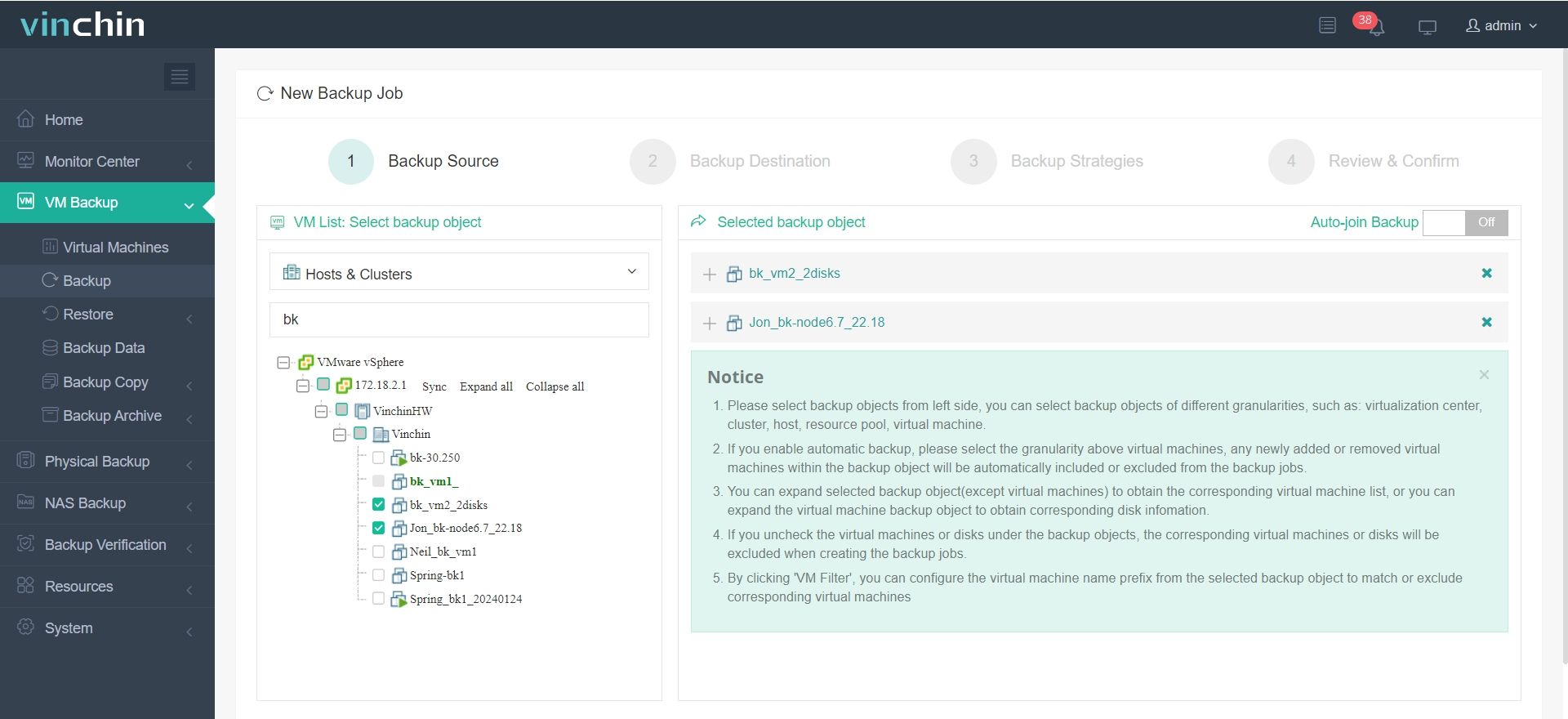
2.Then select backup destination
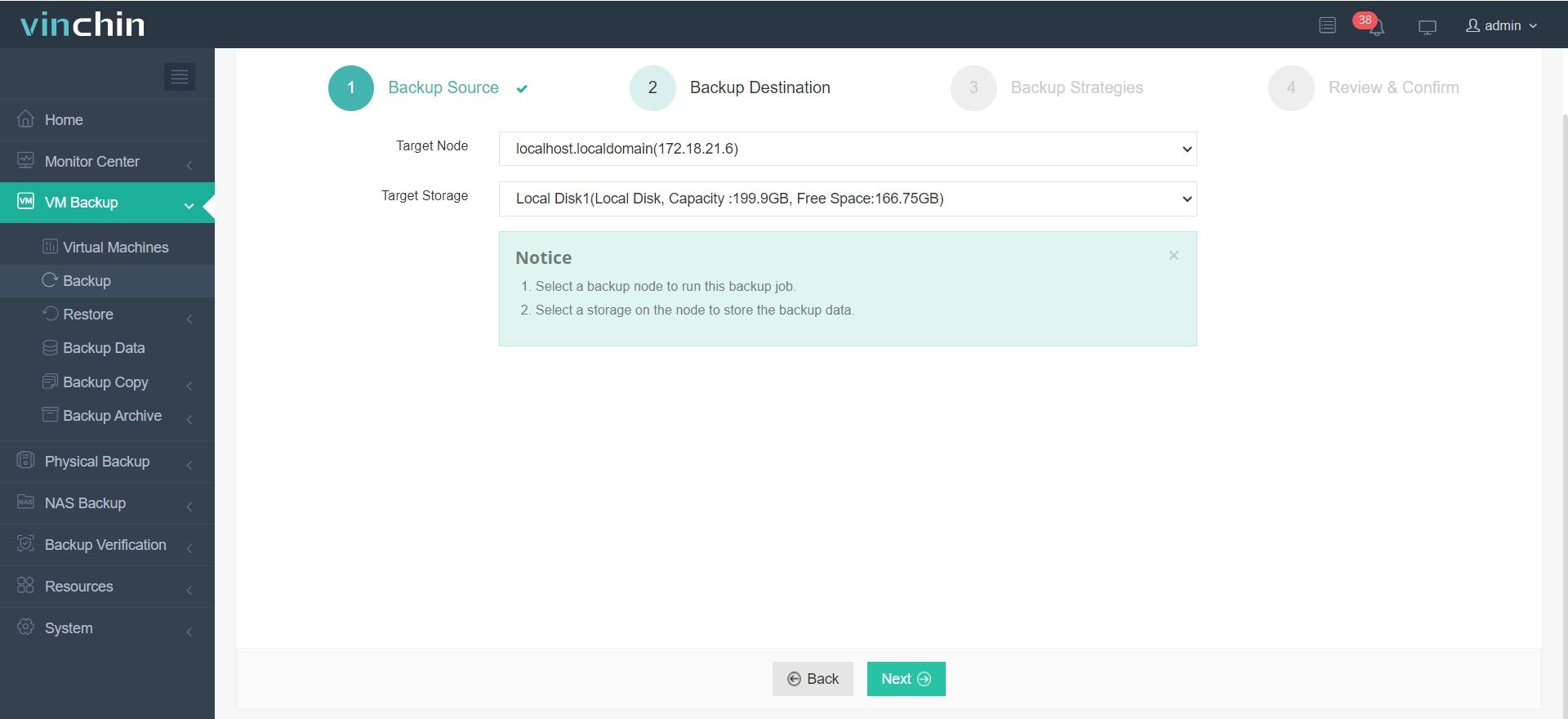
3.Select strategies
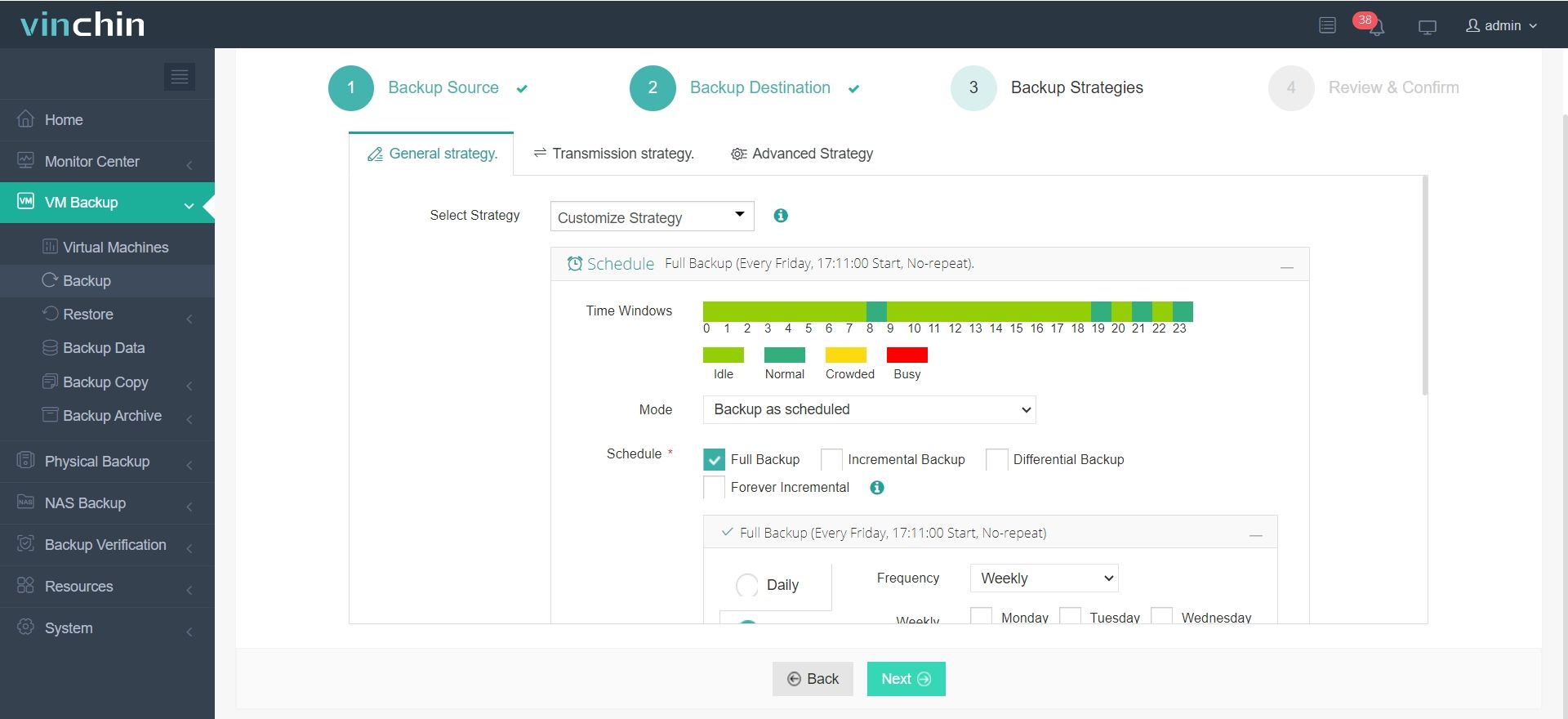
4.Finally submit the job
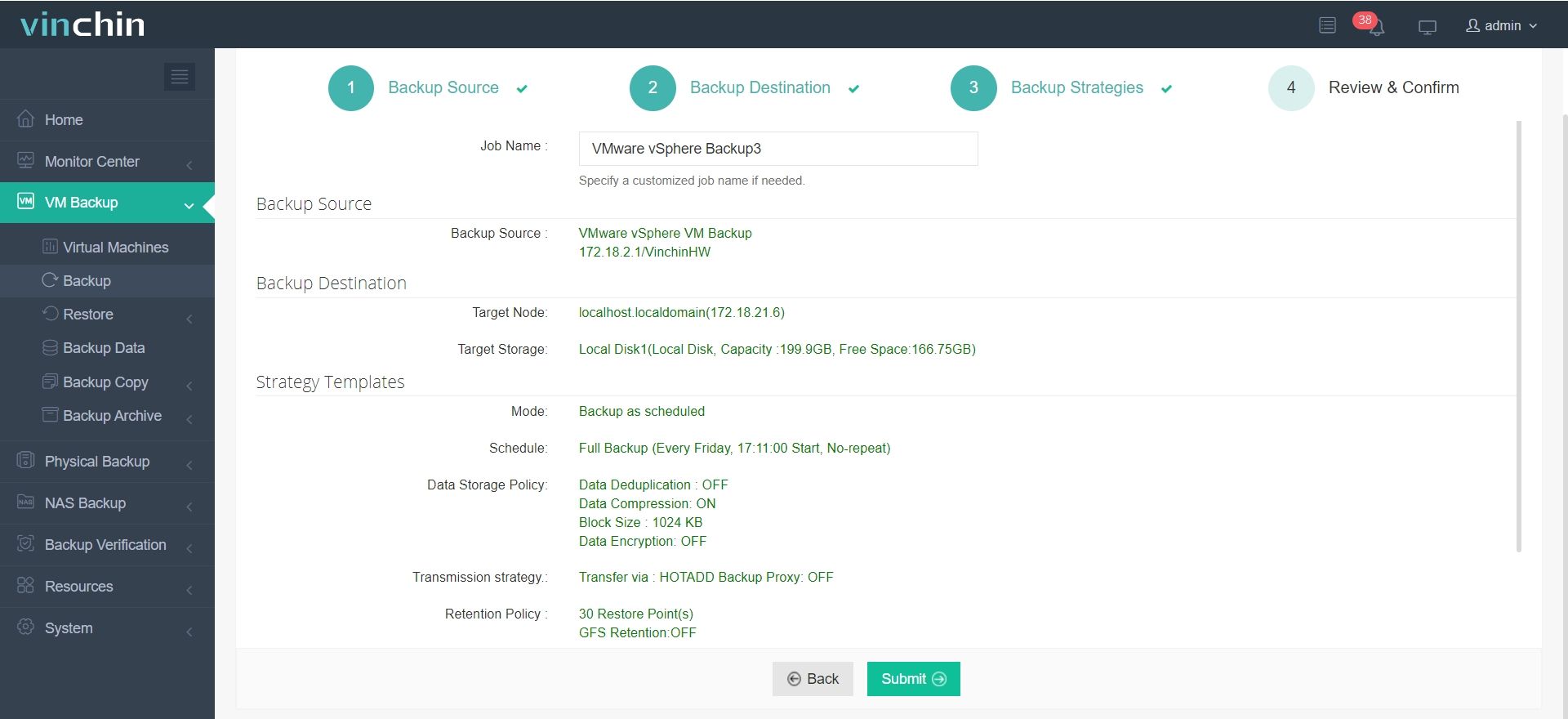
Start your disaster recovery journey with a risk-free 60-day trial of Vinchin Backup & Recovery. See how it fits your IT environment and protection needs. For assistance, please contact us.
VMware DR replication FAQs
Q1: How can you test the effectiveness of replication without affecting the production environment?
A1: Non-production testing can be done by creating a test copy of a virtual machine, which will not have any impact on the original virtual machine or its replication.
Q2: Does vSphere Replication require shared storage?
A2: No, vSphere Replication is able to work without shared storage because it performs replication tasks directly at the virtual machine level.
Conclusion
VMware DR Replication is a key component of a resilient IT infrastructure. By configuring proper replication policies and leveraging SRM for automation, businesses can significantly improve system reliability and reduce downtime-related losses. When choosing a DR approach, organizations should evaluate native and third-party options like Vinchin, balancing business continuity needs, cost, and technical resources to build the most effective strategy.
Share on:


